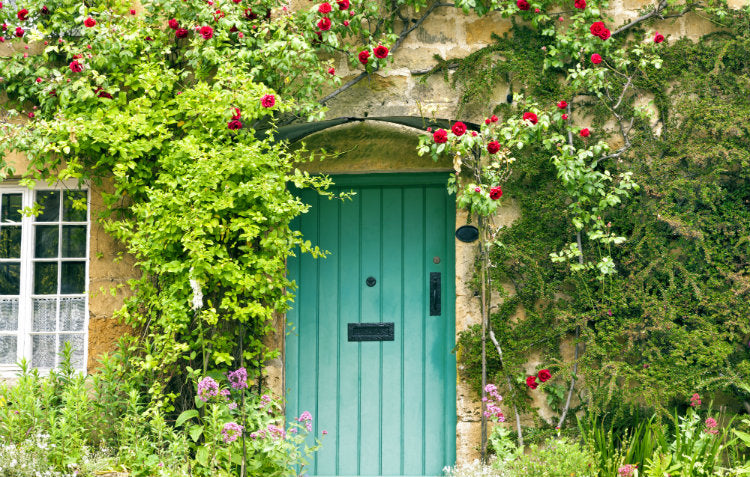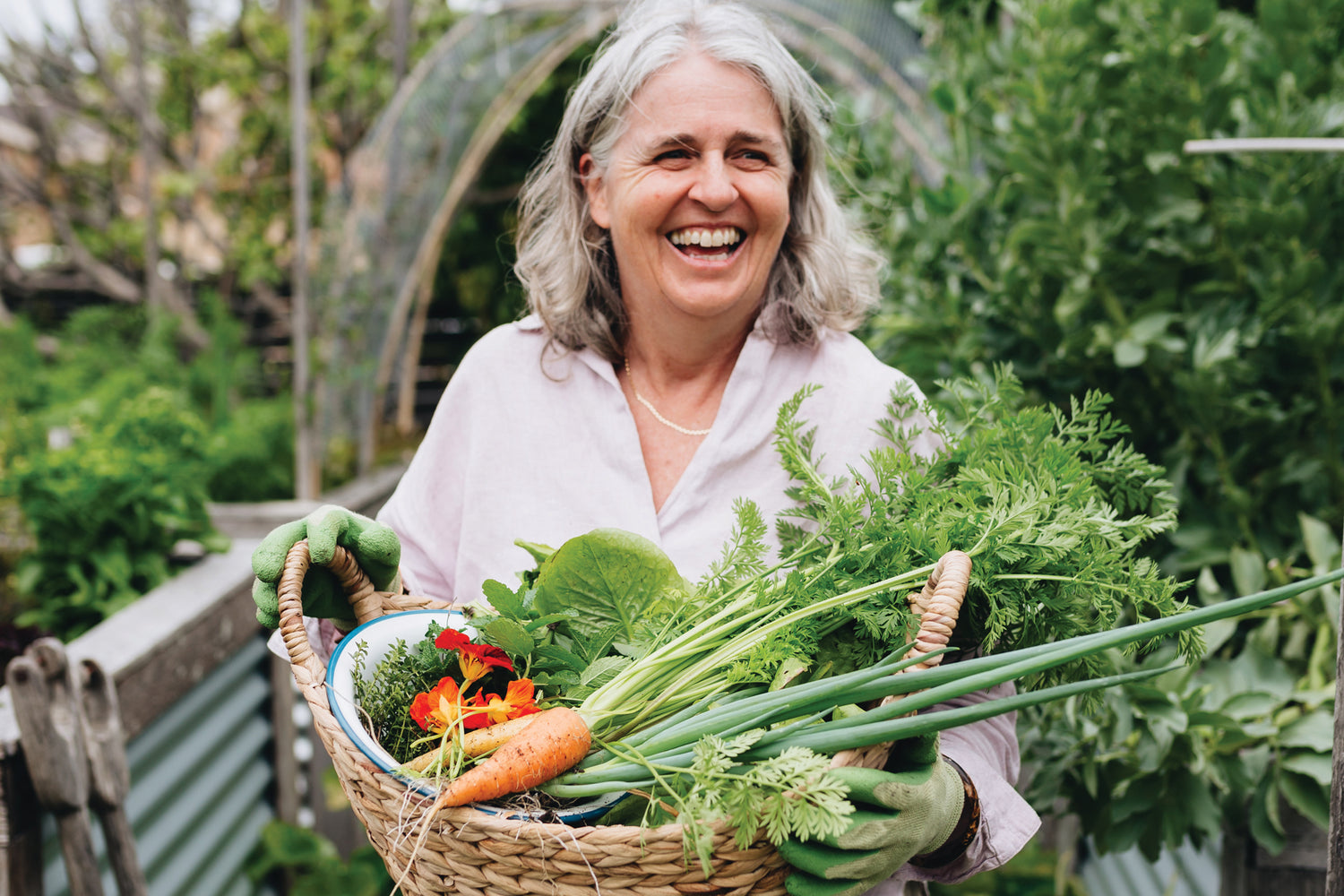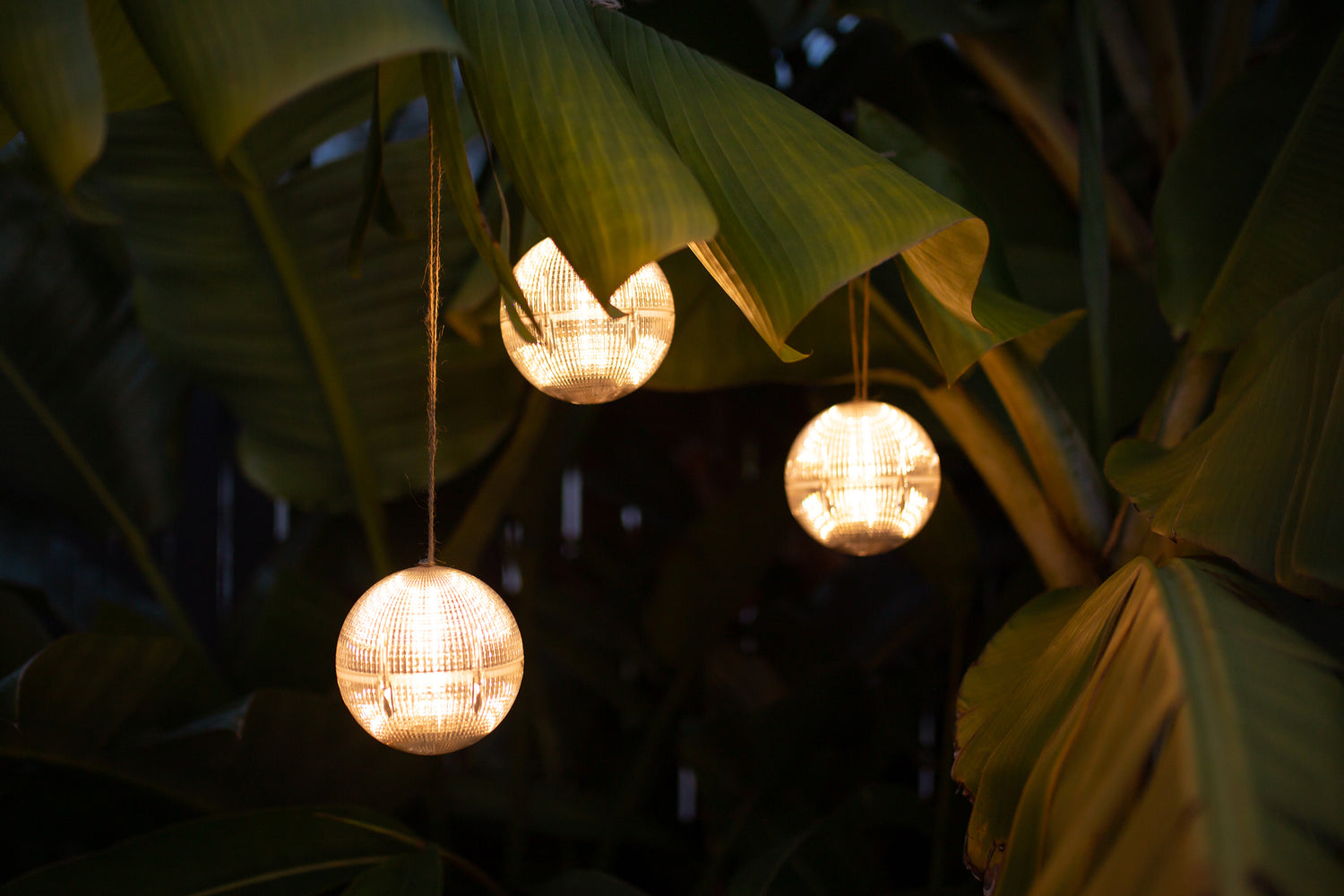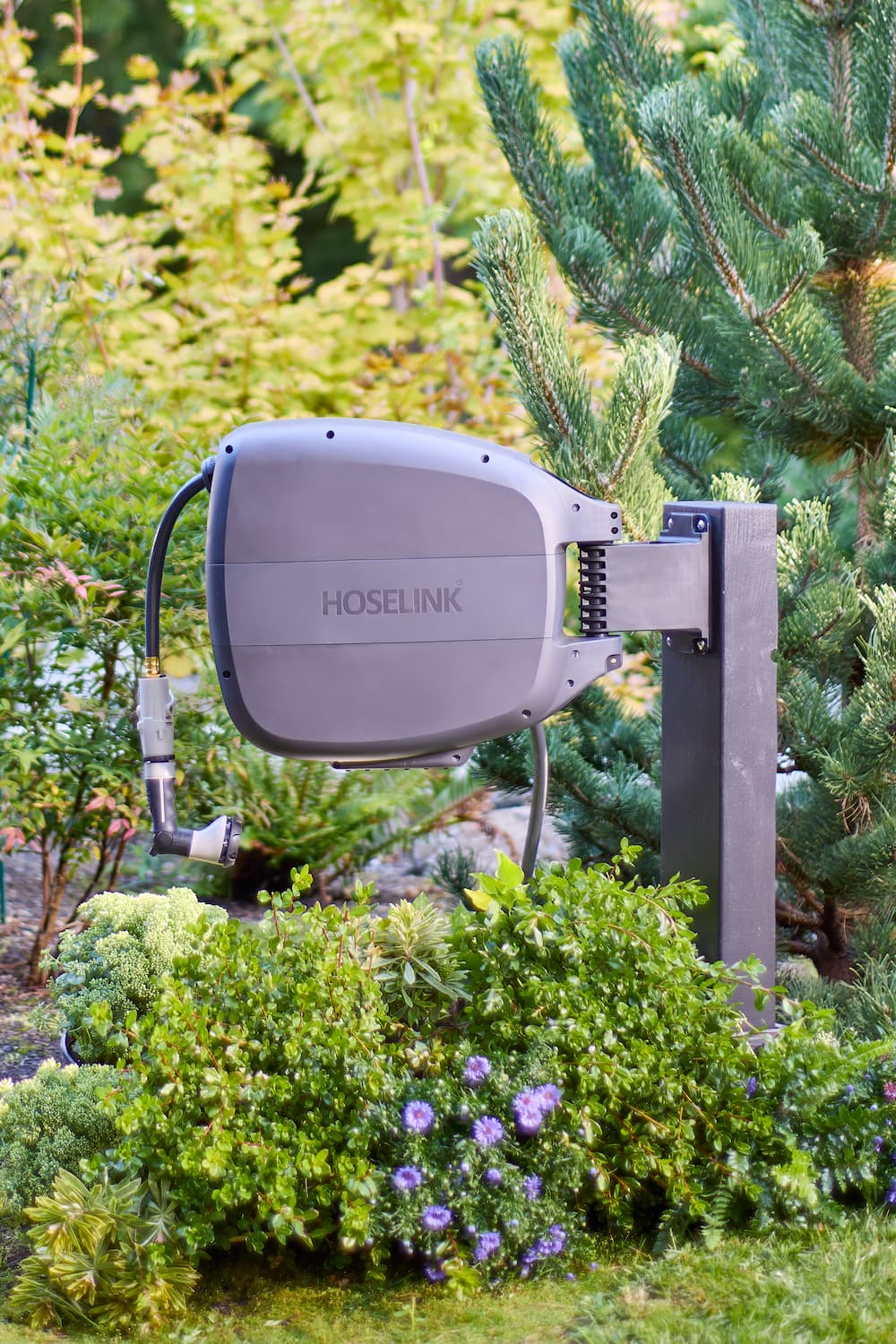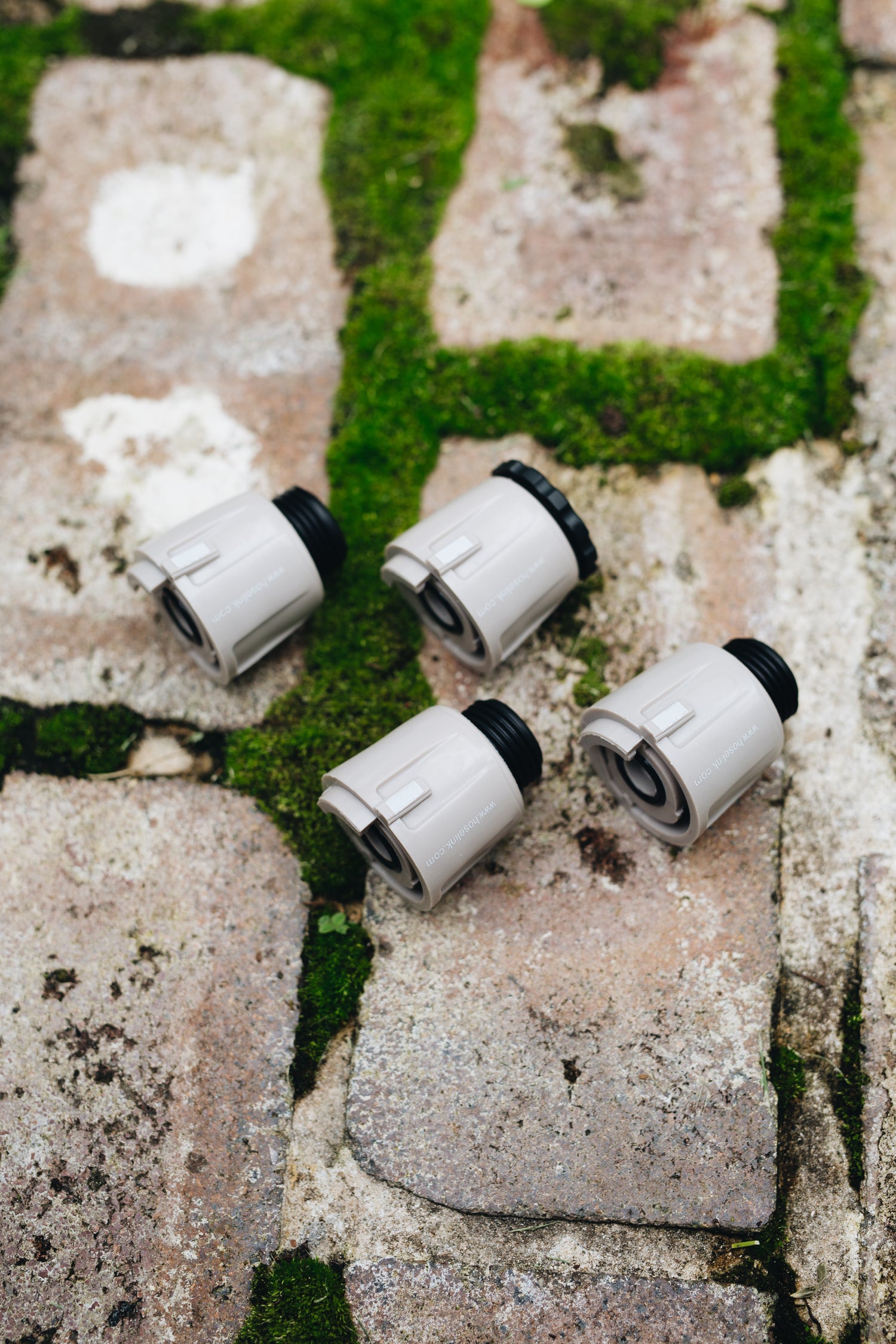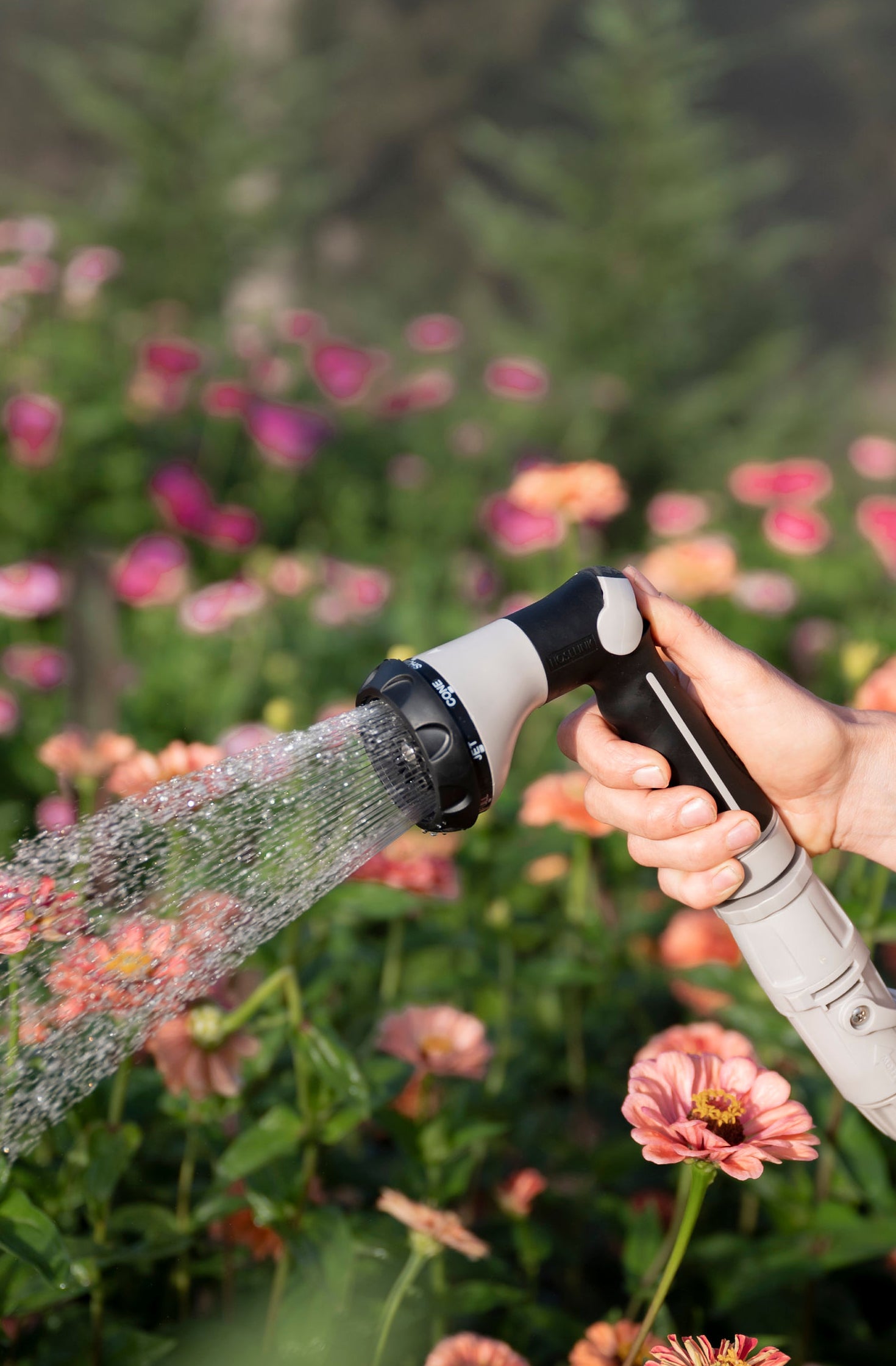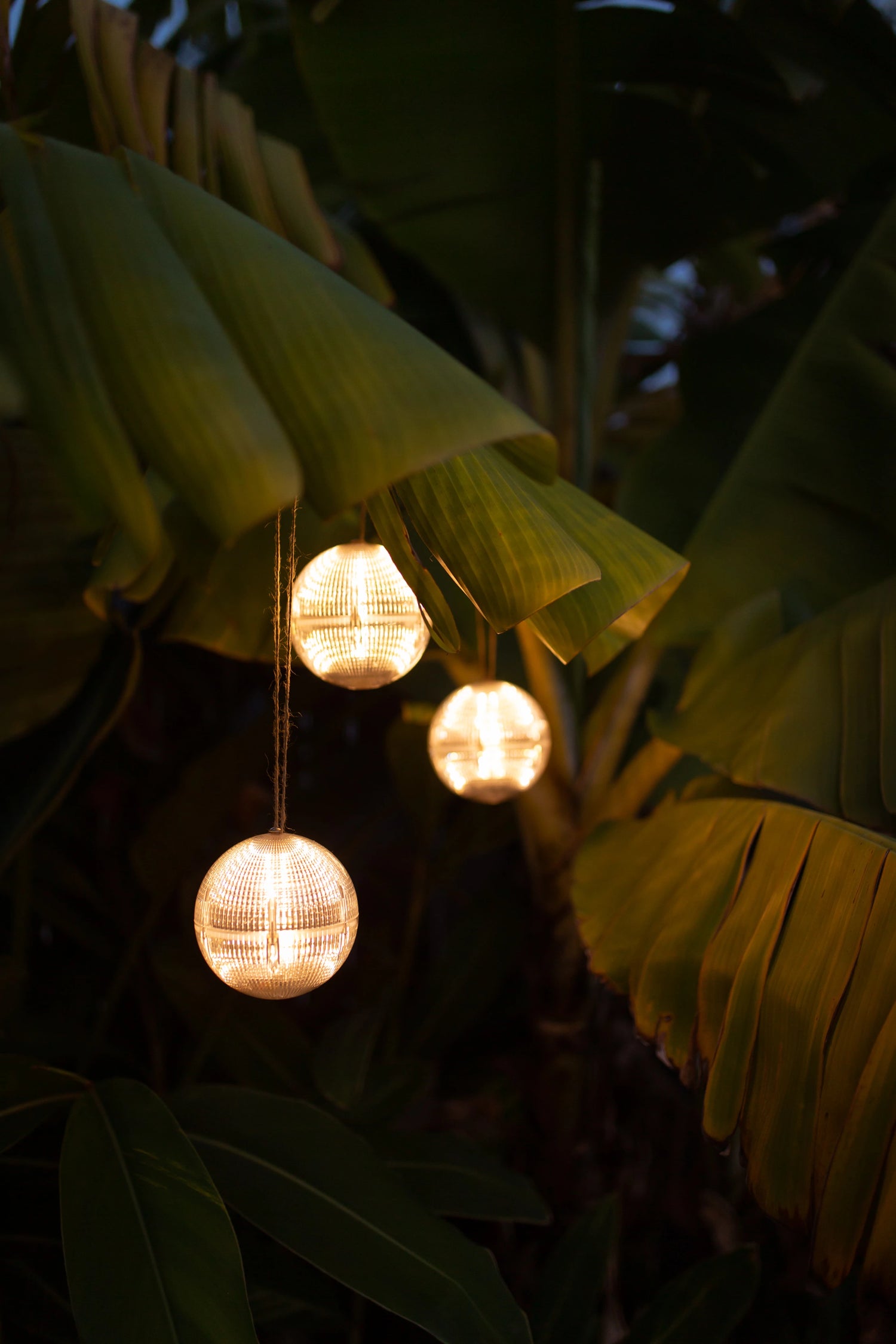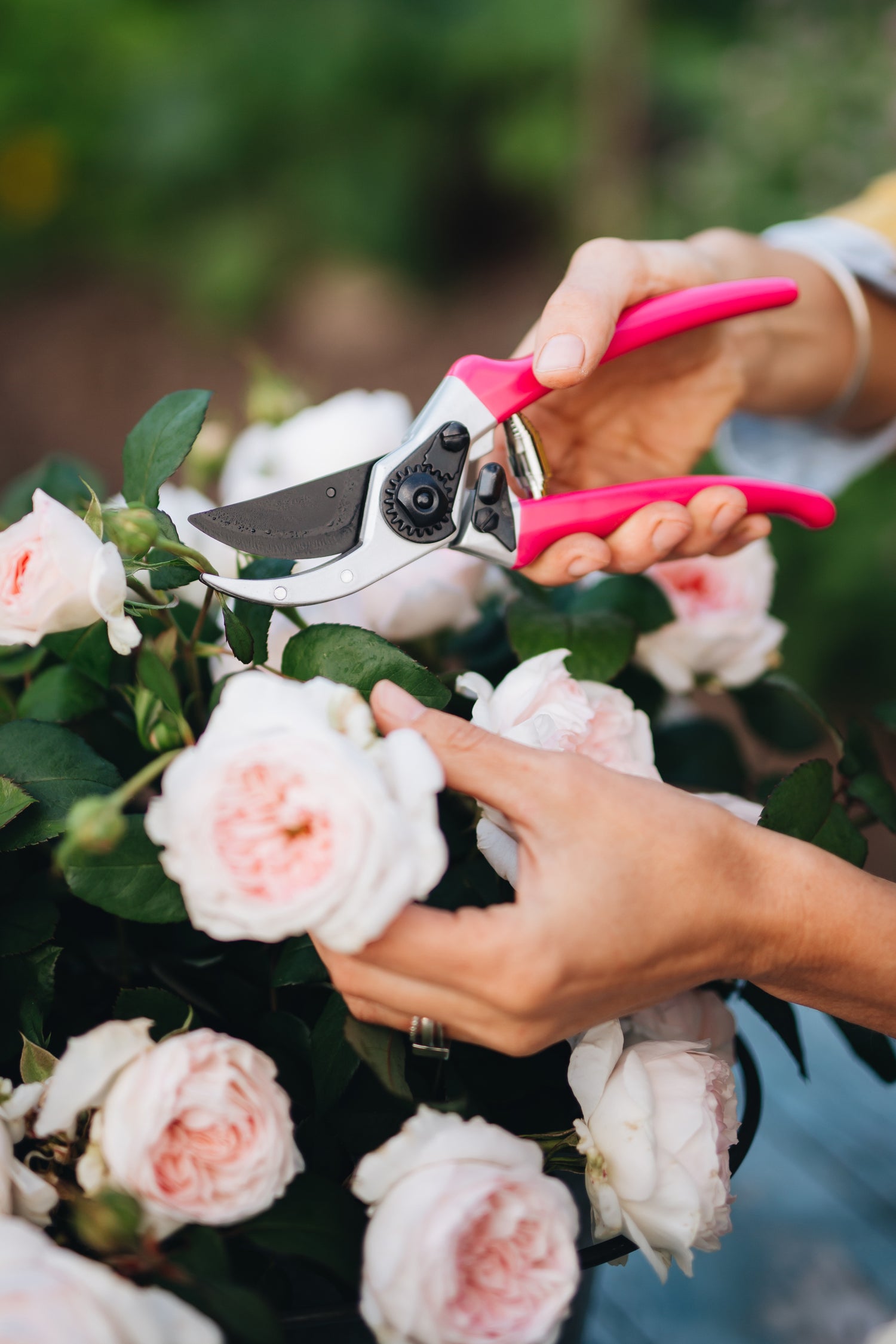Americans have long had a romance with the inviting landscape of an English country garden. Characterized by its vast sweeps of riotous color, fragrant roses, beautiful box hedging and climbing plants; these are but a few of the classic, informal elements you can bring into your own backyard design.
The cottage garden dates back for many centuries, when the modest plots of land were more practical than aesthetic; used for growing produce, keeping bees and raising livestock. Despite their often-small size, cottage gardens were jam-packed with plants for maximum productivity. By the time the Elizabethan era rolled around, and prosperity increased, cottage gardens started to feature more flowers and planting for beauty over bounty. This taste for style went through a further renaissance in the 19th Century when the Victorians mastered a more formal layout, introducing the likes of greenhouses, gazebos, exotic plants, neat lawns and borders into the backyard.
Nowadays a cottage garden relies much more on character and charm than formal structure, and there a multitude of ways you can bring a touch of English enchantment to your outdoor space.
Paths and edging

Carving out a path in your garden will add visual relief if you choose to plant the traditional dense jumble of flowers found in English cottage spaces while creating a focal point in the yard. You can use concrete, wood chip, stepping stones, grass or gravel and edge your path with annuals to provide year-round interest.
If preferred, you can create borders with box hedging or use hedges to divide your garden into ‘sections’. When considering plant species, think about hedge plants that can withstand frequent pruning and shaping, provide evergreen colour and can grow to your desired height. Ideal plants include:
- American boxwood (Buxus sempervirens) – A large-growing evergreen upright shrub with dark green foliage. Excellent for creating a garden screen, an attractive sightline or to absorb pollutants and noise. This shrub is cold- and drought-hardy and is best suited to growing in USDA zones 5-9.
- Dwarf English boxwood (Buxus sempervirens ‘Suffruticosa’) – A scented evergreen shrub that grows in round bushes. The dwarf English boxwood can withstand frequent shearing and is easy to keep at a low height, making it an excellent choice for borders. Best suited to USDA zones 5-8.
- Glossy Abelia (Linnaea x grandiflora) – This flowering hedge comes into bloom with gorgeous trumpet-shaped flowers that are enjoyed as much by butterflies as they are by people. The plant naturally grows in an arching mound but can be sheared to create a low hedge. Best suited to USDA zones 5-9.
- Juniper (Juniperus) – A versatile evergreen shrub with a beautiful steely-blue foliage that can withstand frequent shearing. Junipers can be grown as ground creepers, trees or mounded shrubs and are best suited to USDA zones 3-9.
Plant in profusion

In the early days of the English cottage garden, every inch of the earth was utilised. Flowers were jammed together with herbs and fruit trees; ornamental grasses spilled over paths and vines crept across almost every wall space. This informal style of planting continues to be a fast, easy and striking way of creating character in the garden. Planting a dense display of flowers at the edges of paths, garden beds, over arbors and across trellising will help to create a natural manifestation of color. But don’t diversify your plant choices too much; planting an abundance of two or three species will be far easier to manage than 10 or more varieties that will likely have very different needs.
A splash of color

Big sweeps of vibrant color have stood the test of time, and today this unfussy way of adding a bold splash of interest to the yard is still as popular as it was centuries ago. High-contrast combos of lavender and daylilies, lilacs and nasturtiums or roses and cornflowers create striking focal points in garden beds and attract crucial pollinators, ideal if you are growing a veggie patch close by. Some colorful plant species to consider are:
- Lilacs (Syringa) – Prized for their wonderful fragrance, lilacs are easy to grow and hardy to cold. Best grown in full sun, the deciduous shrub bears delicate heart-shaped leaves and ornamental purple blooms that will bring a flurry of butterflies and color into your garden come summer. Best suited to USDA zones 2-7.
- Nasturtiums (Tropaeolum) – Simple to grow in both garden beds and containers, nasturtiums boast vivid flowers and lily pad-like leaves that look striking when planted en masse. Both the flowers and leaves are edible with a distinct peppery taste delicious when added to salads. Best suited to USDA zones 9-11.
- Roses (Rosa) – Roses comes in all shapes, sizes and colours that perform in a variety of different climates. Emitting a delicate fragrance and gorgeous soft hues, rose varieties including the Naga Belle and Belinda’s Bush are amongst the hardiest, most suitable for growing in USDA zones 5-11.
- Sweet pea (Lathyrus odoratus) – Often reaching the nose before the eyes, the heady scent of the sweet pea plant fills the air in spring and summer. The easy-to-grow annual vines perform best in colder climates where they will appreciate a fence or some trellising to climb up. Best suited to USDA zones 6-9.
- Phlox (Phlox paniculate) – A star-performer in both pots and beds, the annual phlox blooms in bright shades of pink, purple, red and white in spring, filling the garden with a sweet fragrance and early season color. A welcome sight to pollinators, phlox is a low-growing plant perfect for creating carpets of colour in your garden beds. Best suited to USDA zones 3-9.
- Wisteria (Wisteria sinensis) – Dripping with long clusters of rich purple flowers, wisteria can be draped over pergolas and arbors for a dramatic splash of color in the backyard. Growing best in full sunlight, wisterias can take more than a decade to have their first crop of flowers, so you’ll need time and patience to get this enchanting plant looking its best. Ideally suited to USDA zones 4-9.
- Hollyhock (Alcea) – These delightfully charming vertical accents are the epitome of a cottage garden plant, providing both height and beauty to any outside space. Hollyhocks make excellent screens and look striking when planted along a contrasting fence, growing up to eight feet in height. Best grown in low humidity areas with good air circulation, hollyhocks are ideally suited to USDA zones 3-8.
- Lavender (Lavandula) – Is there any plant more quintessentially English than the humble lavender? Renowned for its aromatic fragrance and clusters of handsome purple-blue flowers, lavender is very tolerant of drought, heat and wind, with minimal water requirements. It grows best in well-drained soil and is ideally suited to USDA zones 5-10.
Add an arbor

Add structure and charm to your garden with a beautiful arbor, ideal for arching over a pathway or housing a bench. Arbors are excellent vessels for climbing roses, wisteria, sweet pea and grapevines to grow upon and come in all shapes, sizes and materials. They also add height to your garden and make a grand entryway into a backyard or patio area.
Strategic seating

Now you’ve created the English country garden of your dreams; you’ll need somewhere to sit and enjoy it. Adding a weathered bench or strategically placed chair will beckon visitors to relax and take it all in while adding another element of interest to your outdoor space. Think about positioning your seating close to a beautiful display of flowers, in a peaceful hidden corner or somewhere with a view. You should also consider color, with bold hues adding visual exclamation points to your yard.

